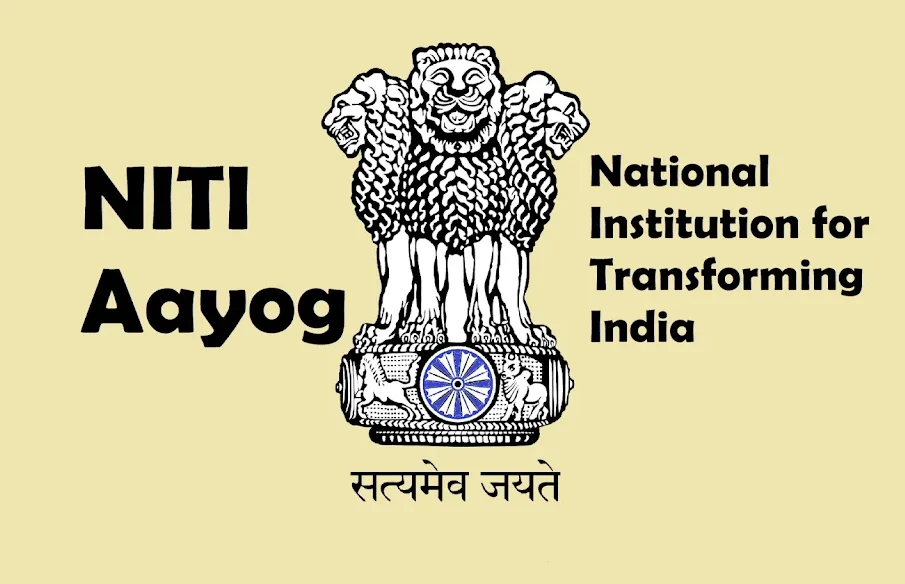Understanding NITI Aayog and Its Role in India

Introduction
NITI Aayog, established in January 2015, is the premier policy think tank of the Government of India, replacing the Planning Commission. Its formation marks a significant shift in India’s approach to governance and development, making it crucial for fostering sustainable economic growth and inclusive development. NITI Aayog’s relevance has grown in recent years, especially in crafting policies that address contemporary challenges faced by the country.
Structure and Functions
NITI Aayog operates under a dual structure: a governing council comprising all state chief ministers and a team of experts and specialists from various domains. This structure facilitates cooperative federalism and emphasizes the importance of decentralized planning. The organization is tasked with formulating strategic and long-term policies to drive India’s socio-economic progress. It also aims to enhance the role of states in economic planning, promote competitive federalism, and foster innovation through research and development.
Key Initiatives and Impact
Some of the notable initiatives undertaken by NITI Aayog include the Atal Innovation Mission (AIM), which aims to promote a culture of innovation and entrepreneurship; the national health stack that seeks to improve health services through data integration; and the Sustainable Development Goals (SDGs) India Index, which measures progress on the global SDGs at the state and national levels. Through these initiatives, NITI Aayog has been instrumental in addressing issues such as poverty alleviation, gender equality, and sustainable agricultural practices, ultimately contributing to a more robust economy.
Future Outlook
As India continues to navigate its economic challenges, the role of NITI Aayog will likely become even more significant. With the ongoing adoption of digital technologies and a focus on climate change initiatives, the think tank is positioned to guide policy formulation that integrates innovation with sustainability. It is expected that NITI Aayog will also emphasize more on public-private partnerships to enhance infrastructure and service delivery across various sectors.
Conclusion
In conclusion, NITI Aayog stands as a cornerstone of India’s development framework, striving to create a more equitable society through informed policy-making and governance. Its ability to adapt to changing socio-economic dynamics will be crucial in addressing the future challenges facing the nation. For readers, understanding the functionalities and contributions of NITI Aayog can offer insight into how India’s policies are shaped and implemented for holistic growth.









